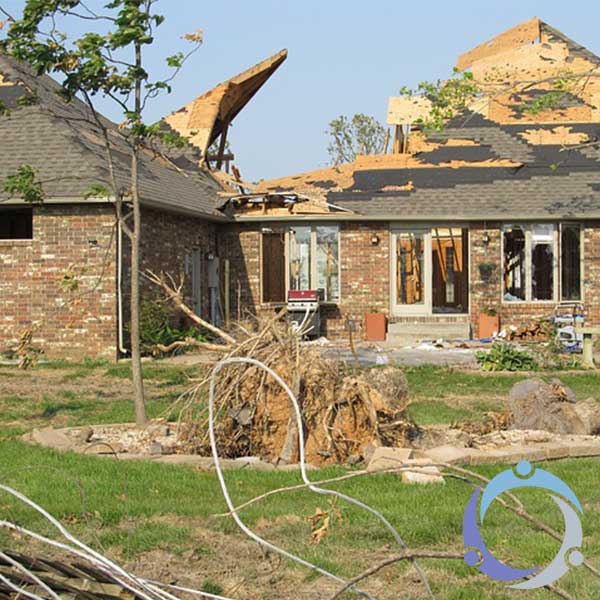
Contributed by Dawn Allcot
The earthquake and avalanche in Nepal that resulted in thousands of deaths. The tornado that recently ravaged Chicago suburbs. Superstorm Sandy. Hurricane Katrina. Each of these events reminds us of the power of Mother Nature and how unpredictable life can be.
After the storms pass and survivors move into the light of day to see the wreckage, the relief and recovery efforts that follow a natural disaster remind us of the goodness of humankind. Groups of people both at the scene of disaster and those who witnessed it from a distance come together to support each other during some of the darkest times.
If you are far removed from the disaster and want to help, but you aren’t sure exactly how, it’s easy to donate money to the Red Cross to aid in relief efforts. But when a disaster strikes close to home, you may wish to form your own disaster response team to help in more tangible ways. Here are a few steps you can take to form your own disaster response team:
Assess the needs.
You can’t help if you don’t know what people need. If you’re starting a small disaster response team in your community, ask those who’ve been affected what they need most. Generators? Clean drinking water? Help clearing downed trees or fixing water damage in their home? Food?
Immediately following a disaster, donations of clothing, blankets, and practical items are almost always appreciated. You might also hand out sandwiches or hot meals. As people begin to get back on their feet – and back in their homes – gift cards can help families restock and rebuild.
Join forces with other local groups.
While it’s nice to donate whatever time or items you have during a disaster, coordinated efforts have even more impact. Starting a disaster response team is a good first step – teaming up with your fire department, hospitals, or local churches to provide exactly what the community needs at the right time ensures your group’s efforts aren’t wasted.
Inspire your community to help.
Most people want to help out during a natural disaster close to home – they just don’t know how. Offer people clear directions, and multiple ways to help, and you should have no problem motivating others to join your disaster response team.
Harness the power of social media using hashtags.
In a natural disaster, cell phone networks, while not invincible, are often the most reliable form of person-to-person communication. Search Google and Twitter to find the most relevant regional hashtags during a disaster, or check a site like http://hashtagify.me/. Then turn to Facebook and/or Instagram to find out who’s doing what, where, and when, and who needs a helping hand.
Communicate online.
During Superstorm Sandy, members of the pro audiovisual industry joined forces to help those in Brooklyn and Staten Island through relationships formed largely on Twitter. Then, bloggers in the New York tri-state area took it upon themselves to compile lists of where and how to help in their communities.
After Sandy hit, my Long Island neighbors and I started a Facebook messenger thread that included several families on our block. We posted on the thread if we needed things like propane, ice, help clearing trees or fixing roofing shingles, or if we had anything to offer others. While unfortunately it took a natural disaster for my community to get organized, we set the precedent for how our disaster response team will respond if we ever need it again.
We didn’t know about Lotsa Helping Hands back then, but if there is ever a “next time,” we will be sure to start an online community and expand our efforts to include not just our block but our whole neighborhood.
Learn what works (and what doesn’t) to prepare for next time.
As a global community, each time we survive a disaster we grow a little stronger and smarter. Your disaster response team should use small disruptions such as storms or power outages to “train” for larger disasters, taking note of what works and what doesn’t for communication, relief and recovery within your own local disaster response unit.

